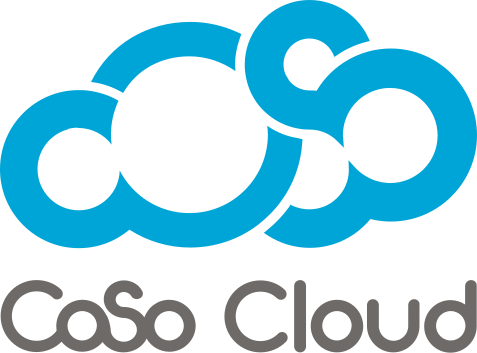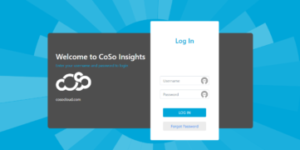Mobile Learning: What’s Driving It?
May 23, 2016
Last year, McGraw-Hill Education conducted a survey that showed 81 percent of students are incorporating mobile devices into their study habits.
In the enterprise where, according to a recent Gallup Poll, telecommuters make up as much as 37 percent of the workforce, the reliance on mobile devices continues to grow. But if you think that’s the only reason why mobile learning is beginning to take off, think again. It’s not just the “anytime, anywhere” availability of mobile devices that brings mobile learning into play. It’s also the dramatic transformation mobile devices have incited in the way we now gather information.
This includes learning about our world through news and social media, not just in front of a laptop or computer, but while on the go—which in turn has conditioned us to grab or information in bits and pieces as soon as we’ve got some down time. We may miss out on the giant leaps in understanding that students get from comprehensive study, but over prolonged periods, this down time accumulates, and we become steady learners.
This behavior has a name—microlearning—and it’s already being incorporated into the way organizations are training their workforces. Far from the traditional style of teaching in which large volumes of information are delivered to students over a sizeable period of time, microlearning calls for the delivery of education in short bursts. Since the information is typically consumed in an on-demand manner—students can typically decide when to absorb this information as long as it’s done within a certain specified time—the emphasis in learning today is beginning to move from all-the-information-you-will-ever-need to the “just-in-time” approach. Instead of gaining knowledge you might need, just-in-time learning lets you grab the information you do need—now.
It’s actually quite a revolutionary moment for humanity, thanks to the Internet. Up until the mid-90s, we would typically store as much information as we could in our heads for later use. The problem with this approach is over time, the information erodes, and all the time spent on learning goes wasted. For the enterprise, this translates into lost productivity.
And it’s getting worse. The average attention span of people today is about eight seconds. That’s one second less than a goldfish.
Of course, medical students can’t go into operating rooms without the deep education, experience and skills they need to make the informed decisions and reflexive actions that save lives. But they could turn to microlearning to quickly memorize thousands of medical terms.
Plus, microlearning has been shown to help students retain the information better, especially when it’s combined with video and other multimedia. For organizations, it can mean deploying smarter workers while saving hundreds of hours in lost worker productivity.
So whether you’re thinking about eLearning for your enterprise or already have a learning management system, be sure to consider the mobile component.
You can bet your competitors are.











